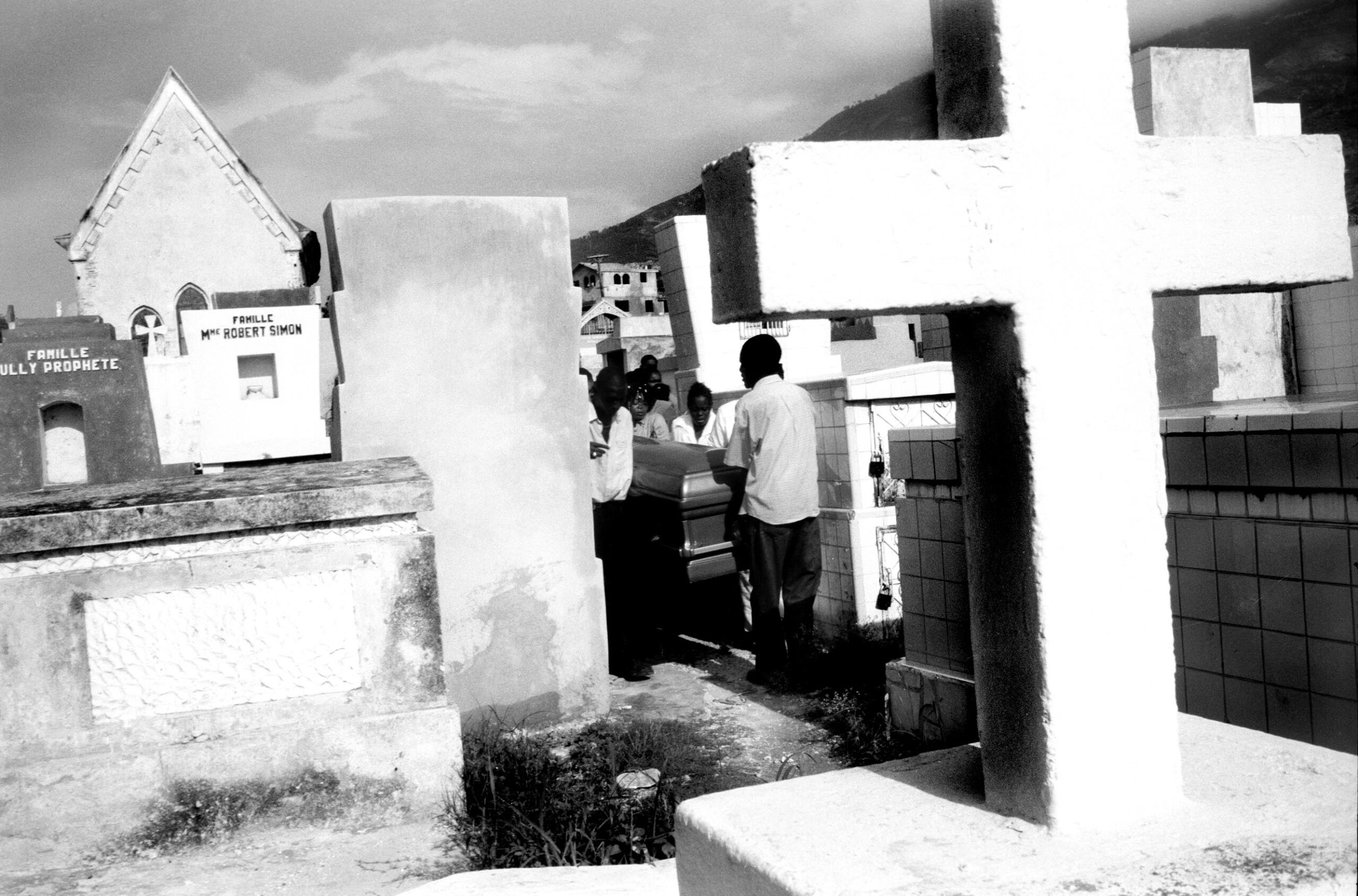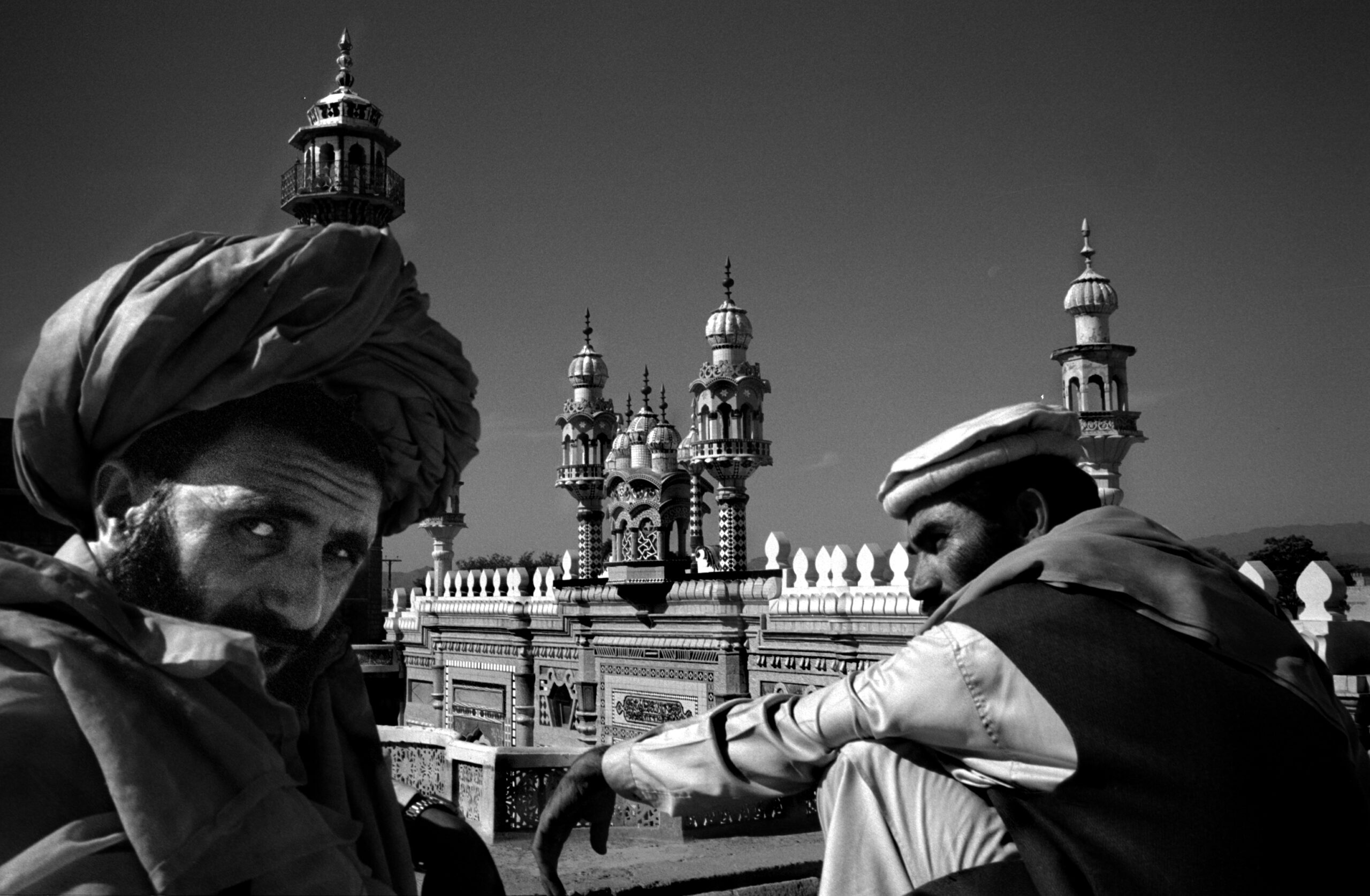The first time I tripped over it was when I travelled to post-coup Haiti to document the killing of Fanmi Lavalas activists in the aftermath of the removal of democratically elected President Jean-Bertrand Aristide’ in an American and French–sponsored coup d’etat [Randall Robinson, An Unbroken Agony: Haiti, from Revolution to the Kidnapping of a President, Civitas Books, 2008; Thomas M. Griffin Esq., “Haiti Human Rights Investigations: November 11–21, 2004,” Center for the Study of Human Rights, University of Miami School of Law, 2004].
I was surprised when–and this tells you a lot about my inexperience and naïveté–editors in the US and Europe were not interested in my stories. Most scoffed at my arguments about the US/French intervention, the human rights abuses conducted under the UN watch, and the killing of innocents in the slums. One US publication said they “weren’t focusing on Haiti at the moment.” Yet, they sent a freelance photographer the week after who embedded with the UN forces in Port-au-Prince and brought back stories produced from the compounds of the “international community,” highlighting the efforts of the UN “stability” force and their “peacekeeping” efforts. The Haiti story the media wanted to tell was the Haiti story the U.S. state wished to tell.

[Aside: Ironically my work from Haiti remains one of the most important I ever produce. Jean Francois Leroy, Director of the Visa Pour L’image photo festival held in Perpignan, France, exhibited the work at the festival and invited me to speak in public about my experience working on the story. The project remained unpublished but led to my working with a number of editors on other stories.]
I tripped over the line again when I started documenting the stories of victims of the US war in Afghanistan and Pakistan’s North-West Frontier (FATA) region. Military operations, targeted killings, drone strikes, mass displacement, village clearance campaigns, and population relocation to refugee camps were tearing Pashtun society’s fabric. I started to document and write about these lives and violent consequences, refusing to look away from communities sacrificed in the US interest. Again, no publication was interested in the stories, the lives, or the work I had produced. Editors did not return my calls, and my agency failed to solicit significant interest

Unfortunately, what the editors had ignored caught the interest of US Homeland Security; in 2007, I was “taken aside for questioning” while in transit from Port Au Prince to New York at Miami airport. I sat in a windowless, poorly lit room facing three uniformed men asking me questions about my work from Pakistan’s FATA region. “Is this a terrorist training camp?” one of the interrogators asked, pointing to his computer screen displaying images from my work from South Waziristan.
[South Waziristan was a “no-go” zone of Taliban operations and one that the Pakistani army had cordoned off from the media. By sheer luck and a little guile, I had managed to get past the military check posts around South Waziristan by passing myself off as a medical sales representative. The Pakistan Army was carrying out operations against purported al-Qaeda and Taliban operatives in the region and I had wanted to see what was really going on there. I spent nearly six weeks in the area, working alongside tribal lashkars (hunting parties) ostensibly on the “hunt” for “foreign” fighters and al–Qaeda hideouts on the border regions of Pakistan and Afghanistan. ].
They were calm but firm, polite but pointed. And so were my answers.
“What is your connection to the Taliban?”
I have none.
“How did you get into this region if you did not have insider contacts?”
I called a journalist in Islamabad, who connected me with a journalist in Waziristan.
“Are you married to someone there?”
Are you kidding me?
“Are these terror training camps you show in your photographs here?”
No, they are not.
“How did you get into these terror training camps?”
They are not training camps.
“What training did you receive?”
They are not training camps.
“Why did you go there?”
It is an important story. Why does any journalist go anywhere?
They were stern but polite, doubtful but respectful, aloof and curious. The men never asked me about my magazine clients or the photo agency that sent me assignments. They did however engage me about my experience working in Waziristan and curiously demonstrated a lot of interest in the region and it’s people. A strange end to an interrogation.
I was allowed to leave after about four hours, and escorted back to a flight taking me onwards to New York. But I was quietly warned: do not travel to Iran or Venezuela, or you will be back here again. As I walked towards my connecting flight, I could not help but think that I did want to go to Iran, and I did want to work in Venezuela.
I was drifting across the line and seeing it as a wall. The drift continued over the years. I spent many years covering the brutal and violent Israeli occupation in the West Bank and Gaza. I later designed a complex personal project highlighting India’s drift towards sectarian majoritarian politics and its erasure of a pluralistic democracy. I travelled to Northern Iraq to document the displacement and dispossession of Christian communities due to the US attack and invasion of the country and its support for Kurdish nationalism. I began a long-term project on the rise of Christian Evangelicals in the US and their growing influence on US political establishment and public culture. I began writing a small blog analysing and critiquing the US media’s methods of representation and coverage of the Muslim world in 2008.
By 2011, my career with mainstream publications was over.
After one too many conversations with editors and photographers about Islam, the violence of Muslims, the hijab, or the search for “good” Muslims, I realised that I was simply a convenient interpreter for their paranoias.